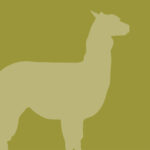
ALPACA
Soft, silky, and hypoallergenic, alpaca fleece is one of the most sought after fibers.
PROFILE
Princess Notallama is mother to Chewpaca and Princess Bubblegum and is mostly black in color. Chewpaca is mostly brown in color and came to us from a facility in Georgia, along with our Kiko goats, named Kyle and Squirt. Princess Bubblegum was born in November of 2020 here at Yellow River Wildlife Sanctuary.
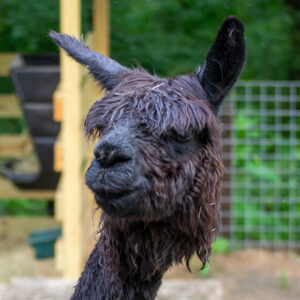
PRINCESS NOTALLAMA
CHEWPACA
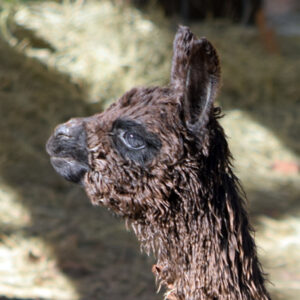
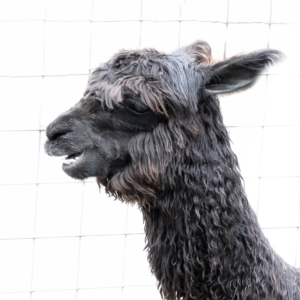
PRINCESS BUBBLEGUM
OVERVIEW
CONSERVATION STATUS
Least Concern
AVERAGE SIZE
Compared to a 6′ Man
AVERAGE WEIGHT
Females: 110-190 lbs
Males: 110-190 lbs
AVERAGE LIFESPAN
20 Years
DIET
Herbivore
REGIONS
South America
Alpacas are indigenous to the Andes Mountains of Peru, Bolivia, Ecuador, and Chile. About 3.5 million or 75% of the population of alpacas can be found in Peru alone. Today they can be found in alpaca farms around the world where they are kept as pets or for their fleece. Their natural habitat includes high mountain foothills in the Altiplano range at 11,500 to 16,000 feet or 3,500 to 5,000 meters above sea level.
APPEARANCE
Often confused with lamas due to their long legs and necks, the alpaca is also a camelid but with no hump. They are too small to serve a purpose as pack animals and are typically kept for their fleece. Their body is covered with thick fur to keep them warm during the harsh Andean winter. Of all the camelid species, the alpaca provides one of the most valuable fibers. Their cashmere-like fur is often white, beige, fawn, brown, or black but can also be rose or silver-gray. They have a camel-like face with long pointy ears, thick lips, and large eyes. Like cattle, they have only lower teeth at the front of their mouth and a hard palate on top.
Alpacas are pseudo ruminants with a three-chambered stomach as opposed to the four-chambered stomachs that ruminants have. Because their diet is low in nutrients, the compartmentalization of their stomach allows the extraction of nutrients. Alpacas chew the cud, food regurgitated from the first compartment in their stomach. They chew in a figure 8 motion.
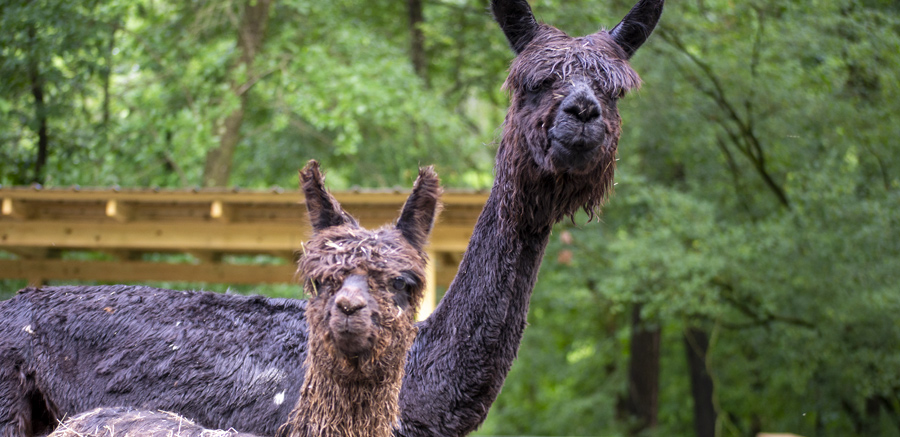
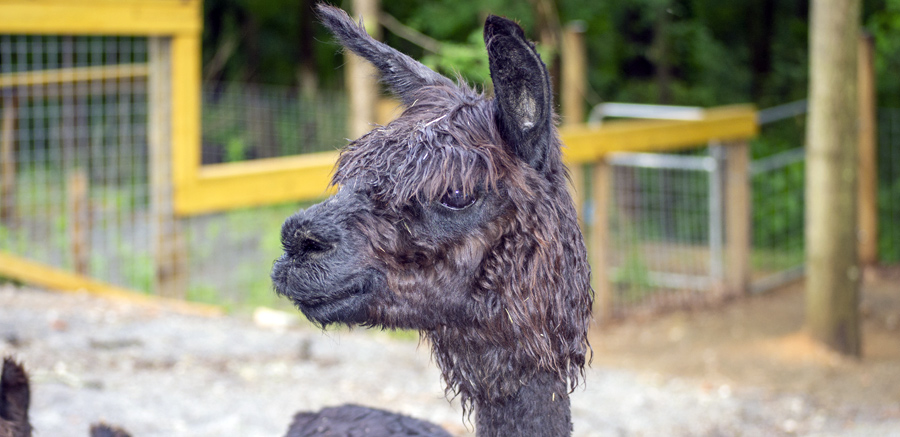
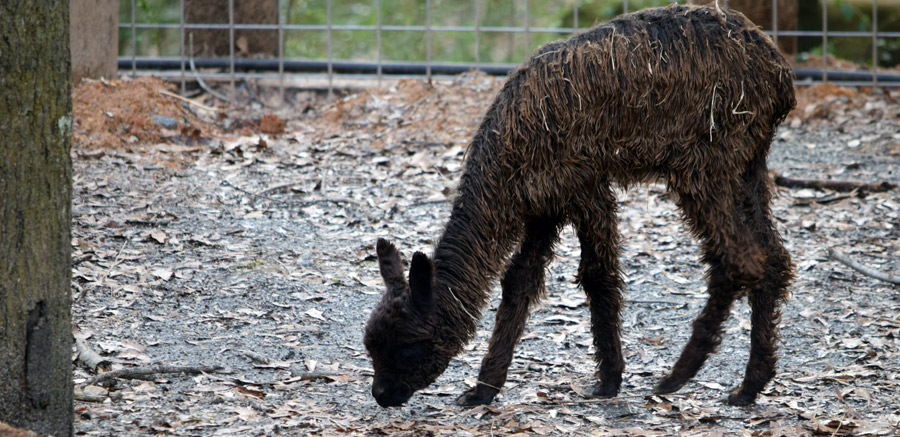
CHARACTERISTICS
Alpacas were domesticated by the Incas more than 6,000 years ago. They were raised for their exquisite fleece which was reserved exclusively for the elite and nobility. This fiber is not only hypoallergenic and water-resistant but it’s also flame-resistant, meeting the U.S. Consumer Product Safety Commission’s criteria as a Class 1 fiber for use in clothing and furnishings!
Alpacas learn very quickly and have long memories. They recognize other alpacas they have been close to, even if they have been separated for several years. They seldom forget something they have learned. They are intensely curious animals and take a lot of interest in the actions of other animals and people.
Alpacas “hum” when they are curious, content, worried, bored, fearful, distressed, or cautious. During breeding, the male alpaca, known as a Romeo, emits a unique throaty vocalization called “orgling.” He will court a dam, or female when he finds her sitting in a “cushed” position. If she is already pregnant, the dam will kick or spit at the male. If breeding is successful, one alpaca baby, or cria, will be born after about 11 months.


